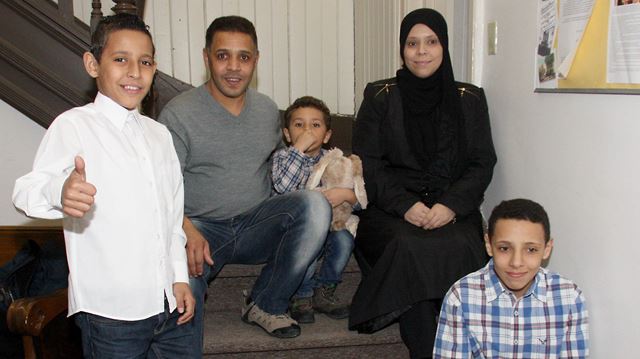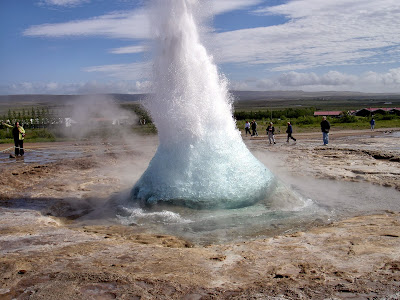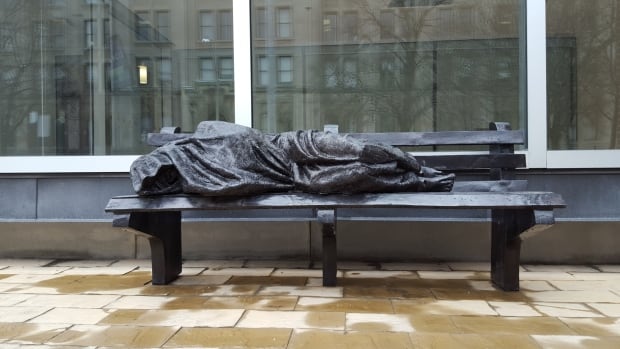
The Settlement Centre Borganes, Iceland
a long, involved story, account, or series of incidents...a long story of heroic achievement...
Saga definition
When we were in Iceland earlier this month we revelled in the raw natural beauty which seemed to be around every turn. We also enjoyed learning more about this island nation which was settled from Scandinavia between 1100 and 1200 years ago. We visited the Saga Centre on the south coast, the Settlement Centre on the Western Peninsula, and the National Museum in Reykjavik. At each location we gained a greater sense of the sagas of Iceland, which involve fierce warriors, resourceful women, and blood feuds. The gods show up for good measure.

The Njál's Saga Tapestry
What struck me is that while we have the bible as our holy book in the Judeo-Christian tradition, we tend to tone down the rich narratives which are essentially our sagas. There are times in the Christian year when we allow those scriptural sagas to unreel, through the lectionary, but they are often in the summer when not many people around. And we tend not to emphasis the narrative thread of the gospels, with the great drama of Jesus, revealed as God-with-us. We are reasonably sure that the biblical narratives were transmitted orally, long before they were written down, much like Norse and Icelandic sagas, as well as the stories of other cultures.
Looking back over nearly four decades of ministry in a "coulda shoulda way" I realize that we would all have benefited from telling the story of God's presence with Israel and in Christ with a more focussed sense of the saga. Actually, a lot of it was swash-buckling! Isn't that why we loved certain bible stories when we were kids?
Comments?

























